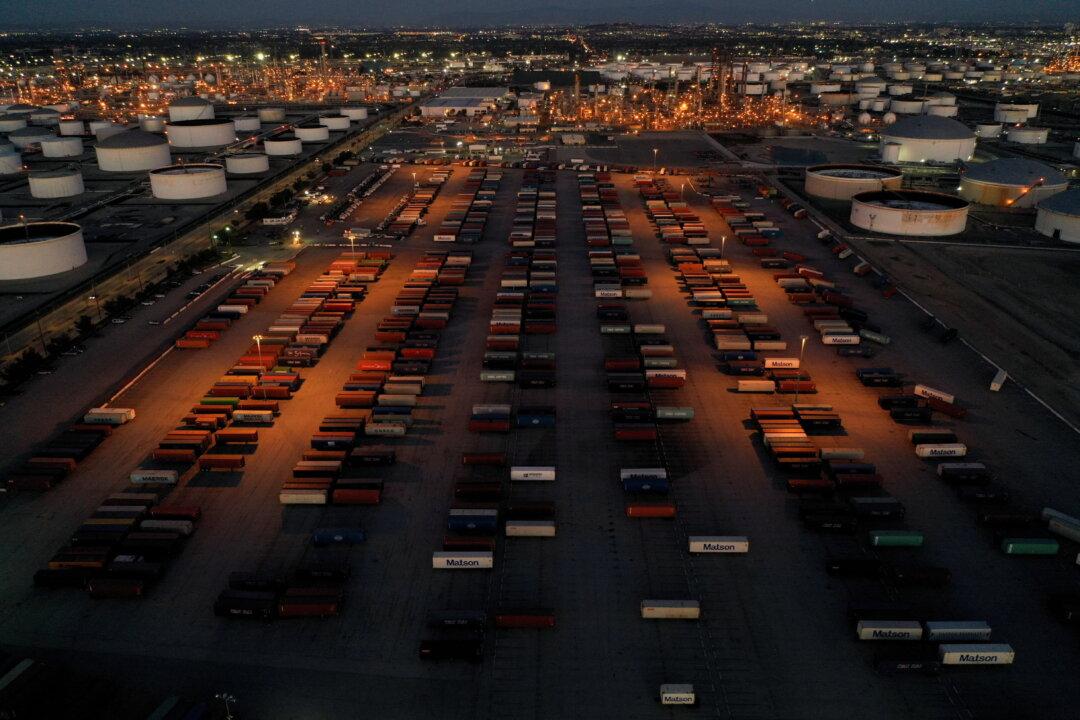The energy crisis in Europe and the resultant higher demand for cargo ships to transport fuels is creating upward pressure on fuel costs.
Following Russia’s invasion of Ukraine, the European Union (EU) imposed sanctions on the Kremlin. In response, Russia began curtailing gas supplies to the region, creating a scramble for energy on the continent. To replace Russian supplies, Europe is now left with no choice but to import oil and gas from other places.





